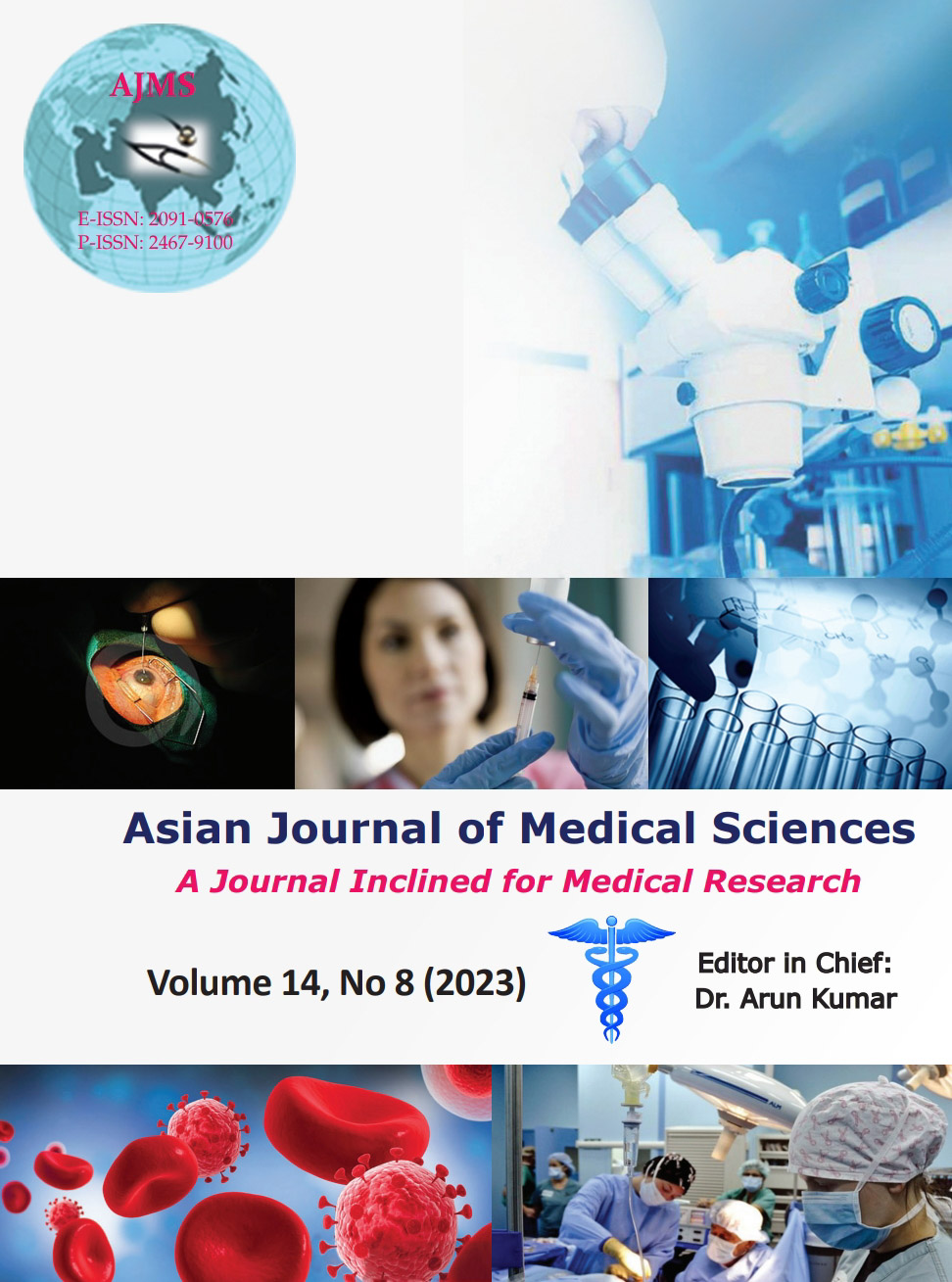Childhood Grave’s-an experience from a tertiary care center
Keywords:
Graves’ disease; Body mass index; Antithyroid drug; ChildrenAbstract
Background: Graves’ disease (GD) attributes for important cause for childhood hyperthyroidism with a prevalence of 0.02%. Initial treatment for GD is the use of antithyroid drugs (ATDs), which is well accepted. The remission rate is around about 30% of children treated with ATD.
Aims and Objective: (1) To assess the predictors of relapse and remission after ATD in children with Grave’s disease. (2) To study the clinical profile at presentation and treatment outcome of children with Grave’s disease.
Materials and Methods: We conducted a prospective cohort study of children diagnosed for GD (n=27) and treated with either carbimazole (0.6–0.8 mg/kg), methimazole (0.2–1 mg/kg), or (propylthiouracil, 5–10 mg/kg) and continued till euthyroid state was achieved. The dose was titrated every 2 months once till the achievement of the euthyroid state. Assessment of remission and relapse was done within a year of stopping the drug.
Results: The overall estimated relapse rate for hyperthyroidism was 54.1% (13 patients), within a year of stopping ATD with a mean duration treatment of 24.23±7.44 months. Multivariate survival analysis showed that the risk of relapse (87.5%) was higher for patients of a body mass index SD score <0.5 and a large goiter. Pre-pubertal patients had higher relapse rate than pubertal patients (OR- 3.24, P=0.04). No other clinical variables such as age, gender, and Wayne Index were significantly associated with relapse, though patients in the relapse group were younger, and had a male predominance with higher Wayne index scores.
Conclusion: GD in children has a high relapse rate. Severity of the disease as measured by various clinical methods is important in predicting relapse.
Downloads
Downloads
Published
How to Cite
Issue
Section
License
Copyright (c) 2023 Asian Journal of Medical Sciences

This work is licensed under a Creative Commons Attribution-NonCommercial 4.0 International License.
Authors who publish with this journal agree to the following terms:
- The journal holds copyright and publishes the work under a Creative Commons CC-BY-NC license that permits use, distribution and reprduction in any medium, provided the original work is properly cited and is not used for commercial purposes. The journal should be recognised as the original publisher of this work.
- Authors are able to enter into separate, additional contractual arrangements for the non-exclusive distribution of the journal's published version of the work (e.g., post it to an institutional repository or publish it in a book), with an acknowledgement of its initial publication in this journal.
- Authors are permitted and encouraged to post their work online (e.g., in institutional repositories or on their website) prior to and during the submission process, as it can lead to productive exchanges, as well as earlier and greater citation of published work (See The Effect of Open Access).




